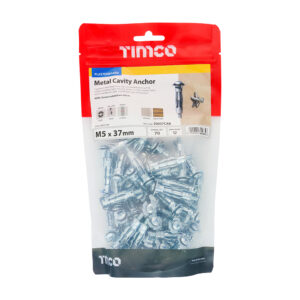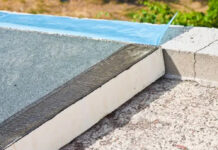Somehow, down the line, each of us has an old kitchen wooden table, a coffee table or another type of wooden furniture. According to Forbes, millennials are choosing vintage over buying new in the name of sustainability. Sadly, most of us are individually trying to figure out where to start when looking to restore an old wooden table and typically dispose of it at the local tip or leave it in storage if we need more time or resources. But surely there must be an easy way to restore old wooden table? Luckily, with some elbow grease and the right products, you can achieve a beautifully restored table that will make restoring wood furniture seem a blast.
Products to help restore wood furniture
When restoring old wooden surfaces, it is essential to understand the type of wood you’re working with, as certain woods have different characteristics. For example, an oak table comes from oak, a hardwood that is tougher to wear out than a pine table, which is softwood and wood commonly found in budget furniture.
When working on restoration, removing the previous finish and applying a brand-new one is essential. This process is vital when working with antique furniture. You’ll need sandpaper, and with specific finishes such as paint, polyurethane varnish and plastic coating, you’ll need a furniture stripper to dissolve it. With any surface damage, such as gaps, dents, etc, you’ll need a wood filler to bridge the gap, reinforcing the wood for a long-lasting life. Below, you can see a list of items we have to achieve the job;
- Sandpaper
- Furniture Stripper
- Wood Filler
- Danish Oil – Wood Finishing
Step-by-step instructions
Start with applying the furniture stripper onto the surface, dispersing it across evenly using a brush, and allowing it to sit for 5-15 minutes. Depending on the finish, you may have to apply it a second time. Once the coat has been stripped, using white spirit and a lint-free cloth, go over the area again and clean it, removing any remnants of the furniture stripper. Ensure that you use clean cloths, which are also cotton cloths.
After using the furniture stripper, you should look across and check the surface for any imperfections; if you notice any, you should understand what sort of remedial work it needs. If it’s a minor scratch, you can get away with lightly sanding the surface, and if the gap is slightly more significant, you’ll have to apply some wood filler to the surface.

To apply this, sand the area slightly and remove any dust, cleaning the area using a lint-free cloth lightly soaked in white spirit, and after it’s dried, apply the wood filler. Let the wood filler work its magic, and once it’s cured, sand it back so it’s flush with the rest of the wood, then voilà.
After fixing the dining table, you can look at finishing it. Starting with the sanding, you should go across the whole surface, ensuring an even, flush finish that may take your furniture to its bare wood. After that, you can look to apply your wood finishing product. In this instance, we are using Danish Oil with an Oak finish on an Oak dining table, restoring the natural colour to the wood and offering it excellent durability for the coming years. You could also opt for teak oil if you’re looking for a matte finish.
Finally, using a lint-free cloth, apply the Danish Oil onto it and rub it into the wood, working with the wood grain, ensuring you don’t overlap. When you have covered the whole surface, you should allow six hours in between coats and complete three in total for optimal results. If you’re looking for a glossier finish, lightly sanding the surface with ultra-fine or fine sandpaper in between the coats to help achieve this.
Final Thoughts
Rejuvenating old wood is one of those tasks that look challenging but can be completed with some dedication. Furniture restoration is a self-rewarding task that will improve not just your antique furniture restoration skills but also wood knowledge, which can include knowing things like a grain of wood and utilising products like beeswax polish, Danish oil, or even polish remover.

 Timco Metal Cavity Anchors - M5 x 37 (45mm Screw) Pack of 70
Timco Metal Cavity Anchors - M5 x 37 (45mm Screw) Pack of 70 



